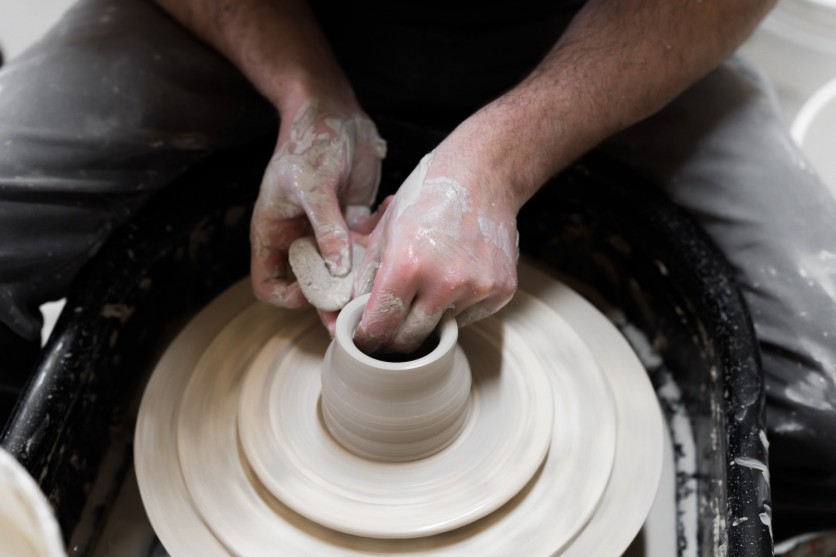A flexible ceramic has properties similar to metal. It's tougher than the latter, but you can flex it like no other.
A new study from a group of Chinese scientists suggests that it can revolutionize a new set of technological advancements in the field of engineering.
Ceramic Substance is Flexible and Strong

For the first time, Chen Kexin and his colleagues managed to create a ceramic substance that retains the hardness of a typical ceramic yet. It's flexible like metal.
According to Interesting Engineering, recent findings revealed that this type of ceramic can make other materials stronger and lighter than the existing metal alloys right now.
"There has been research on the plasticity of ceramics around the world since I started my career 30 years ago. It can be said that today we have finally achieved a breakthrough on that topic," Chen said.
The Power of Nanotechnology
The flexibility of ceramic can be achieved through the power of nanotechnology. The scientists said that they made use of silicon nitride to construct nanopillars with various crystal formations.
This test leads to a sudden change in the structure of the crystal. This also means the object can regain its original form when it's bent or tampered with.
Chinese scientists thought that this ceramic substance could be useful in improving the overall structure of an aeronautical engine. Since it's heat-resistant and durable, it can withstand higher temperature changes and surpass the toughness of the best alloy engines.
Aside from its durability, the ceramic engine can boast its lightweight composition. As such, the experts know that less pollution will be emitted by it thanks to its higher combustion temperature.
Chen also mentioned that flexible ceramic can also be used to create wind turbines. He said that it's capable of sustaining a lot of pressure because of its high durability.
Related Article : Chinese Metaverse Company Appoints AI Humanoid Robot as CEO
Fusing Ceramics into Artificial Joins
Aside from this, this ceramic substance is also biocompatible, which means we can integrate it as a joint replacement in the human body.
Originally, the metal joints were attached to the patient's body for several years before being replaced. It's a painful process that they endure just for the sake of the treatment.
With the new technology, Chen said that artificial joints fused with ceramics could pave the way for a lifetime even after the implantation process, per SCMP.
Rest assured, Chen and his associates will seek more solutions to improve this product as much as possible. At the end of the day, their goal is to produce a sturdy ceramic-made product that's cheaper than the traditional ones.
To view the full study entitled "Plastic deformation in silicon nitride ceramics via bond switching at coherent interfaces," visit Science.org for more details.
This article is owned by Tech Times
Written by Joseph Henry




